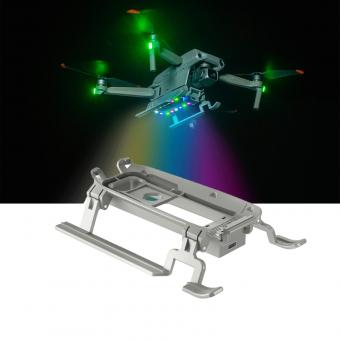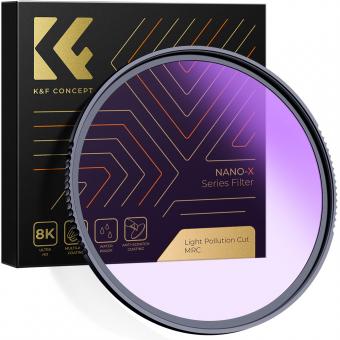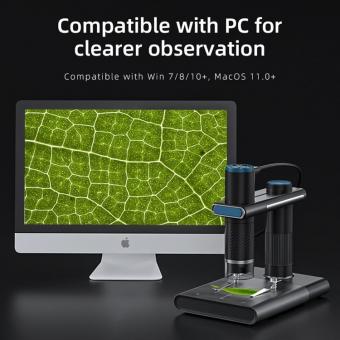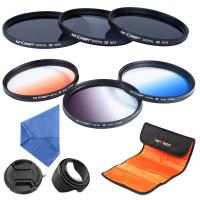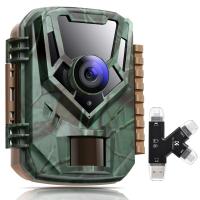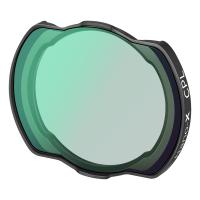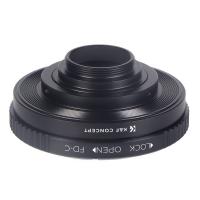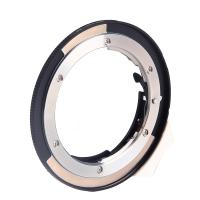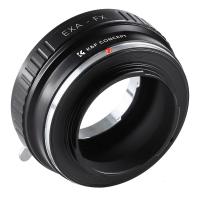Can Light Microscopes See Viruses?
Light microscopes have a limited resolution and cannot see viruses directly as they are much smaller than the wavelength of visible light. However, viruses can be indirectly observed using light microscopy by staining them with dyes or fluorescent markers that bind to specific viral components. This allows the viruses to be visualized as bright spots against a dark background. Additionally, some larger viruses, such as poxviruses, can be seen directly using light microscopy due to their size. Overall, while light microscopy is not the most effective tool for studying viruses, it can still provide valuable information about their morphology and behavior.
1、 Limitations of Light Microscopes for Virus Detection
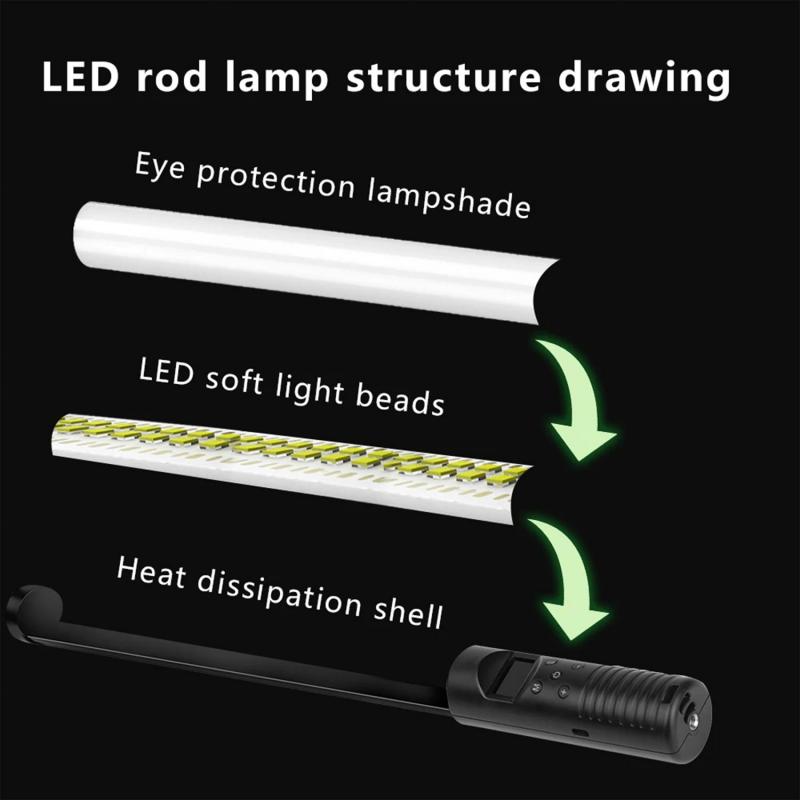
Limitations of Light Microscopes for Virus Detection
Light microscopes are widely used in the field of microbiology to study microorganisms, including viruses. However, there are limitations to the use of light microscopes for virus detection.
One of the main limitations is the resolution of the microscope. Light microscopes have a limited resolution, which means that they cannot distinguish between objects that are very close together. Viruses are much smaller than bacteria and other microorganisms, and they can be difficult to see with a light microscope.
Another limitation is the contrast between the virus and its surroundings. Viruses are often transparent and do not absorb or reflect light, which makes them difficult to see under a light microscope.
Despite these limitations, light microscopes can still be used to detect viruses. One approach is to use staining techniques to increase the contrast between the virus and its surroundings. Another approach is to use electron microscopy, which has a much higher resolution than light microscopy and can be used to visualize viruses directly.
In recent years, advances in technology have led to the development of new techniques for virus detection, such as polymerase chain reaction (PCR) and next-generation sequencing (NGS). These techniques do not rely on microscopy and can detect viruses at very low concentrations. However, light microscopy remains an important tool for studying viruses and understanding their behavior.
2、 - Resolution and Magnification
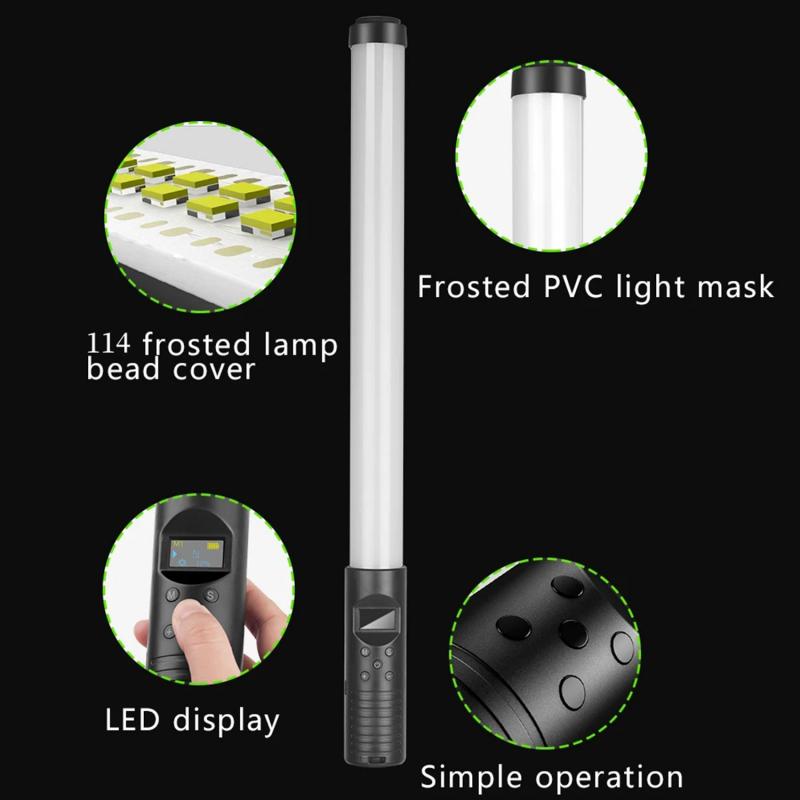
Can light microscopes see viruses? The answer is no, due to the limitations of resolution and magnification. Light microscopes use visible light to illuminate and magnify specimens, but the wavelength of visible light is too large to resolve the small size of viruses, which range from 20 to 300 nanometers in diameter. The maximum resolution of a light microscope is around 200 nanometers, which is not sufficient to distinguish individual viruses.
However, recent advancements in microscopy techniques have allowed for the visualization of viruses using light microscopy. One such technique is called super-resolution microscopy, which uses fluorescent labeling and specialized optics to achieve resolutions below the diffraction limit of visible light. This technique has been used to visualize individual viruses and their interactions with host cells.
Another technique is called cryo-electron microscopy, which uses a beam of electrons to image frozen specimens at high magnification and resolution. This technique has been used to visualize the structure of viruses in atomic detail, providing insights into their mechanisms of infection and potential targets for antiviral therapies.
In summary, while traditional light microscopes cannot see viruses, new microscopy techniques have enabled their visualization and study.
3、 - Contrast and Staining Techniques
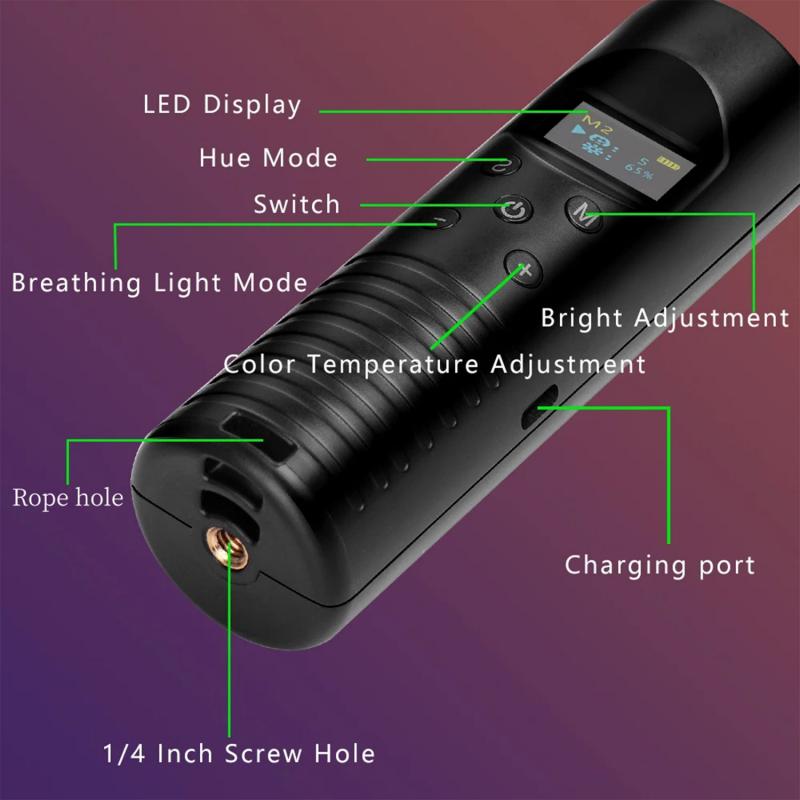
Contrast and staining techniques can enhance the visibility of viruses under light microscopes. However, the resolution of light microscopes is limited to about 200 nanometers, which is larger than the size of most viruses. Therefore, some viruses may not be visible under light microscopes, especially the smaller ones.
To overcome this limitation, scientists have developed advanced microscopy techniques such as electron microscopy, which can visualize viruses at the nanoscale level. Electron microscopy uses a beam of electrons instead of light to create an image, allowing for much higher resolution.
However, recent advancements in light microscopy, such as super-resolution microscopy, have improved the resolution to the nanoscale level, making it possible to visualize viruses with greater detail. These techniques use fluorescent labeling and specialized optics to overcome the diffraction limit of light, allowing for higher resolution imaging.
In summary, while light microscopes can see viruses with the help of contrast and staining techniques, their resolution is limited. However, recent advancements in light microscopy have improved the resolution to the nanoscale level, making it possible to visualize viruses with greater detail.
4、 - Size and Shape of Viruses

Can light microscopes see viruses? The answer is no, light microscopes cannot see viruses due to their small size. Viruses are typically between 20-400 nanometers in size, which is much smaller than the resolution limit of a light microscope, which is around 200 nanometers. This means that viruses are too small to be seen with a traditional light microscope.
However, advancements in technology have allowed for the development of specialized light microscopes, such as fluorescence microscopes, that can detect viruses indirectly. Fluorescence microscopes use fluorescent dyes that bind to specific parts of the virus, allowing them to be visualized under the microscope. This technique is commonly used in virology research to study the behavior and replication of viruses.
It is important to note that while light microscopes cannot directly visualize viruses, they are still a valuable tool in the study of viruses. Light microscopes can be used to observe the effects of viruses on cells and tissues, as well as to study the structure and function of larger viral components such as capsids and envelopes.
In conclusion, while light microscopes cannot directly see viruses, advancements in technology have allowed for the development of specialized microscopes that can indirectly detect viruses. Light microscopes are still a valuable tool in the study of viruses, and their use in virology research continues to be important in understanding the behavior and replication of viruses.





